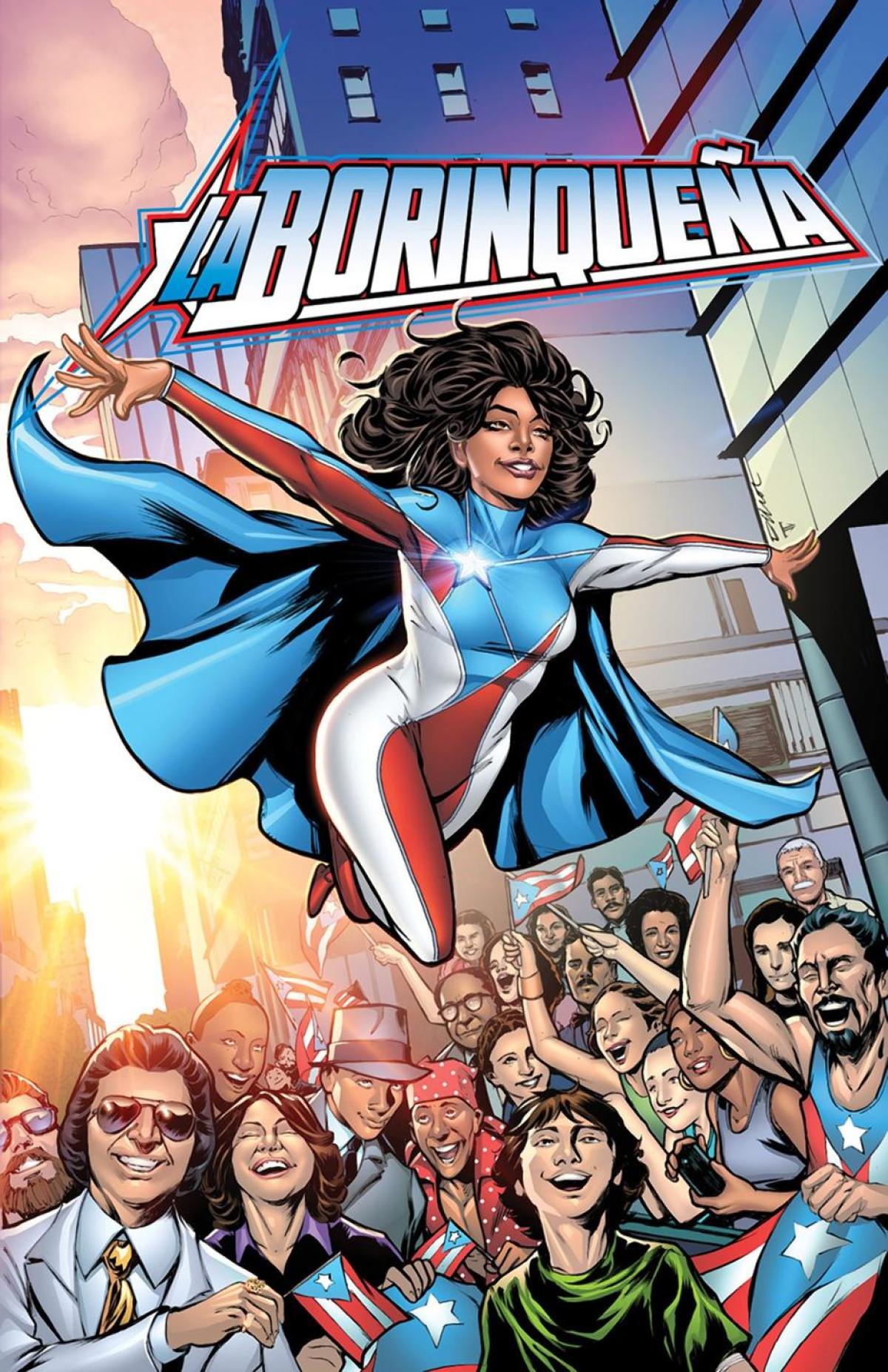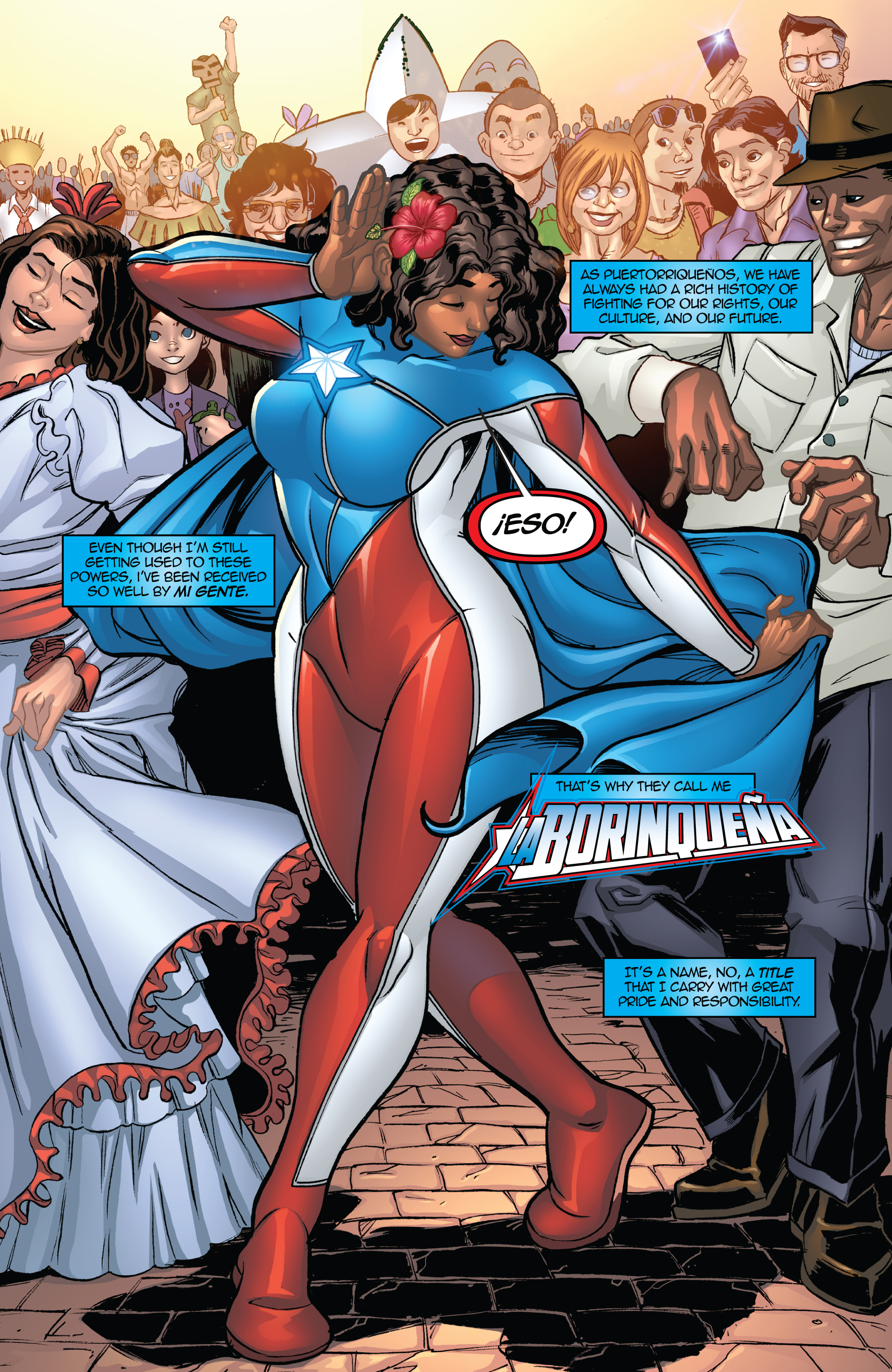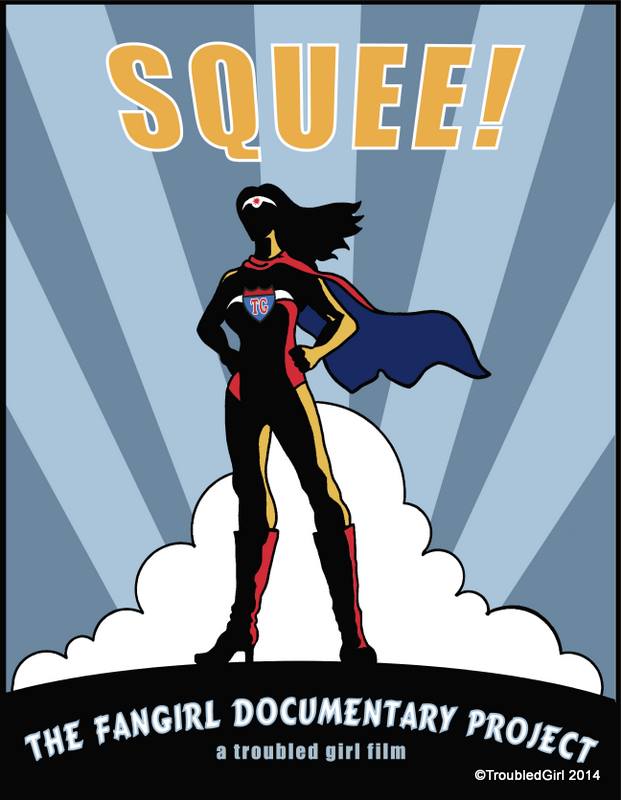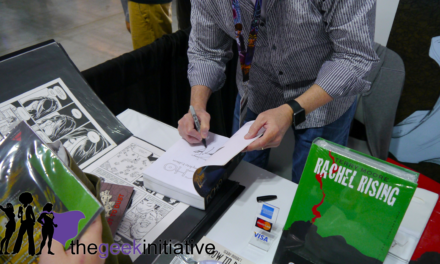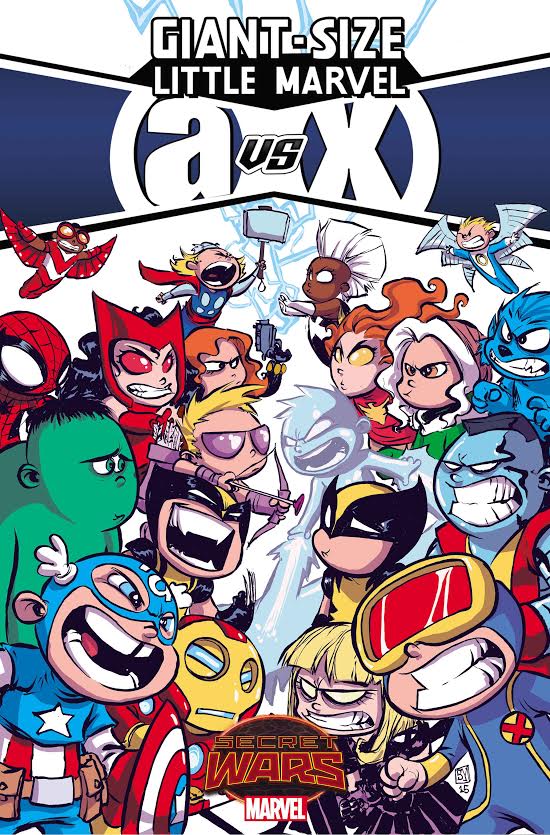Superman has Metropolis. Green Arrow has Starling City. Most superheroes have a city they associate with, but those ties are kept strictly non-exclusive: you can’t tell where they work just by their super name and their super suits don’t display an obvious affiliation.
La Borinqueña #1 has a different inclination. Writer Edgardo Miranda-Rodriguez’s use of places and cultures are supremely laudable in this graphic novel, which takes every opportunity to celebrate what it means to be Puerto Rican (borinqueña means “resident of Puerto Rico”). Marisol is a Puerto Rican superhero, but she’s also Puerto Rico’s superhero. Her super suit has the colors of the flag and her powers come from the island itself. In turn, she uses these powers to give back to the land and its people.
At Amalgam Comics and Coffeehouse on May 27th, Miranda-Rodriguez spoke of the “necessity to create a character that would help enrich the […] lack of education on what is currently happening in Puerto Rico.”
Puerto Rico Exemplified
As someone who saw that truth proven by her own ignorance, I can agree that La Borinqueña is filled with references to Puerto Rico’s rich history and struggles that oppose the island today. As an in-story example, the consequences of money cuts made to Puerto Rico’s public universities are revealed when Marisol’s classes are cancelled because faculty members were let go. Later, a tropical storm warning is issued on the radio as Marisol is driving home from a bamba dance-off (which, note: that scene is already perfect on paper, but Juan Fernandez’s lively colors and Will Rosado’s glossy inks make it exceptional). Limited funds raise concerns that the island will be left unprepared for that level storm.
These are no small problems, yet the fact that Puerto Rico is facing $80 billion in debt isn’t universally known. By integrating these issues into the comic community, a larger audience has the chance of being informed. Miranda-Rodridguez used the example of hip-hop music, which “helped wake up [his own] consciousness.” Whether music or graphic novels, pop culture is a medium people tend to be more receptive to and “just because it’s a protagonist who’s Puerto Rican doesn’t mean it’s a story […] that’s exclusively for the Puerto Rican community.”
Representation Matters
Despite being a story for everyone, Miranda-Rodridguez still also considers the inverse of his statement: “[but] as people of color, we embrace and celebrate and love popular culture […] and we find the universality in so many different characters. But when we actually have a character that looks like us, it gives us something much more to be excited for because we are being affirmed, we are being celebrated.”
Surely, there are going to be readers who aren’t fond of Miranda-Rodriguez’s choice to not have any of the Spanish in the comic translated, because as he says: “when you walk down the street, you don’t have a Google Translator.” But notably, there is always room for comics that don’t cater to English. Everyone deserves to be able to see themselves in the media and in superheroes, but it doesn’t happen even a fraction of the time it should. In Miranda-Rodriguez’s own words: “[the] media […] oftentimes perpetuat[es] a very narrow view of what it is to be Latino.”
Ultimately, it’s up to readers to see to their own education through, but La Borinqueña can be the first step towards a more extensive path of research into Puerto Rican culture.
It’s All In The Details
A lot of credit should be given to the specificity of this comic, as well, which readers will appreciate for its clear labeling and naming. Names are important in La Borinqueña because they eliminate the idea that anything is generic, including Marisol referencing Supergirl directly so she can question the show’s science. Additionally, one of the first things Marisol even tells us about herself is “marisol” means “sea and sun.” And in Marisol helping a bale of turtles find their way to nests on the shore, names even provide a greater sense of community. As she assists, Marisol calls the turtles “boriqueños,” and thus importantly includes the wildlife as residents of the island as onlookers cheer appreciatively from the beach.
When it comes to common comic staples, gorgeous art is another easily notable detail. As Marisol rides her bike around Brooklyn, there’s a page where Sabrina Cintron brilliantly pencils four parts of the city side by side, exentuating each area’s distinct character and architecture. Further, when it comes to caves, one could fairly assume they would fall under the “once you’ve seen one, you’ve seen them all” category. Instead, they show a proud, acknowledged variety when Will Rosado designs the page where Marisol is collecting rock samples for her geology thesis.
In a culmination of details and considerations in character, art, and culture, Miranda-Rodridguez wrote this comic to not have a specific villain, but he does name one: “apathy.” Ultimately, La Borinqueña reminds us of our responsibility to keep abreast of our world and to promote the voices like Marisol to inspire us.
La Borinqueña is available to purchase here.
A full recording of Edgardo Miranda-Rodriguez’s talk is available on the Amalgam Facebook Page.
La Borinqueña #1
Writer/Creator/Letterer/Art Director: Edgardo Miranda-Rodriguez
Penciler & Inker (Chapter 1): Emilio Lopez
Penciler & Inker (Chapter 3 & 4): Will Rosado
Penciler (Chapter 2, CTRL + ALT Bonus Story) & Colorist (Chapter 1 Pages 4-7): Sabrina Cintron
Inker (Chapter 2, CTRL + ALT Bonus Story ): Eric Jimenez
Colorist (Chapter 1 Pages 1-3, Chapters 2-4): Juan Fernandez


